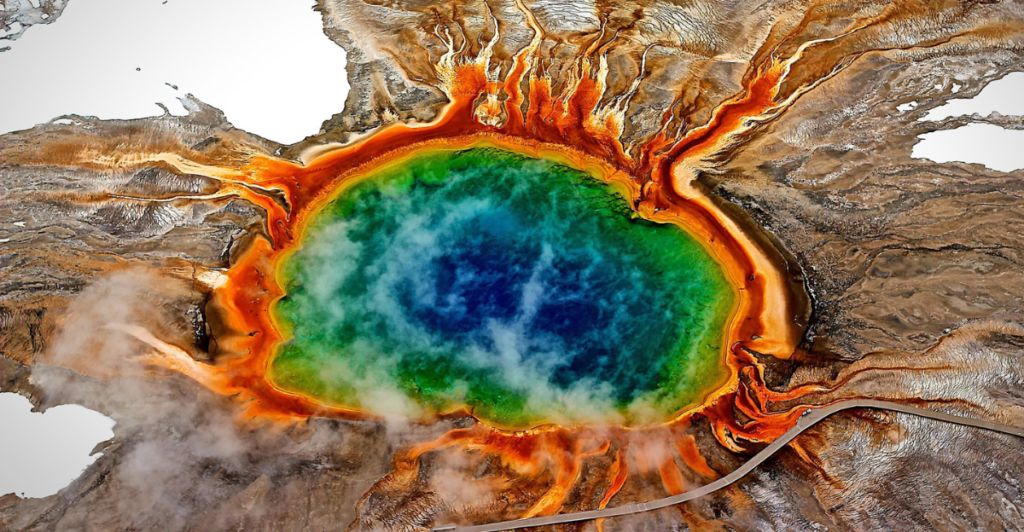
Yellowstone, one of the world’s most famous volcanic regions, is making headlines again as scientists uncover new evidence suggesting the supervolcano beneath it is “waking up” after lying dormant for 160,000 years.
What’s Been Happening Under Yellowstone
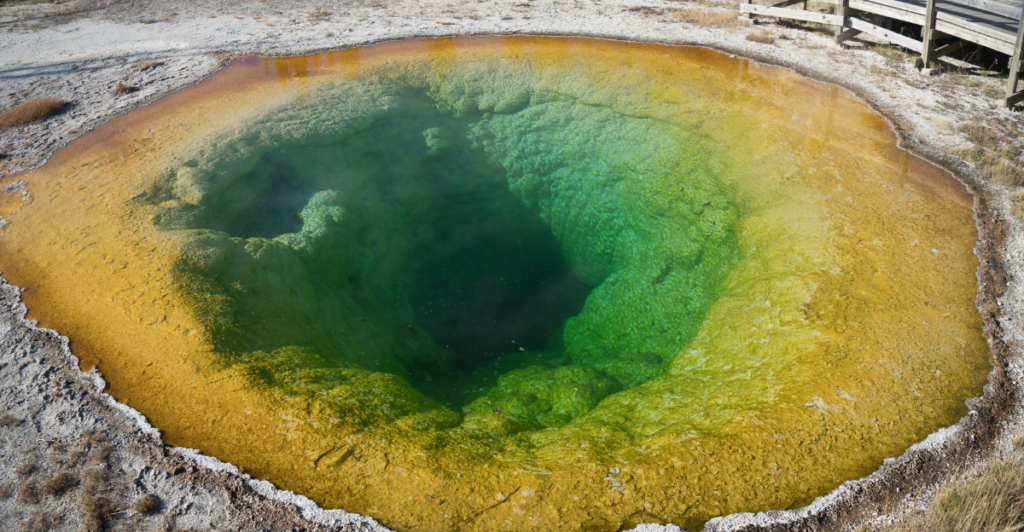
Beneath the surface of Yellowstone, a flurry of activity has scientists closely monitoring the area. Researchers have observed an uptick in geothermal activity for several years, with more frequent geyser eruptions, ground deformation, and increased seismic events. In particular, a notable rise in heat flow has been detected in certain parts of the park, signaling that the underground magma reservoir is stirring.
Historical Volcanic Activity
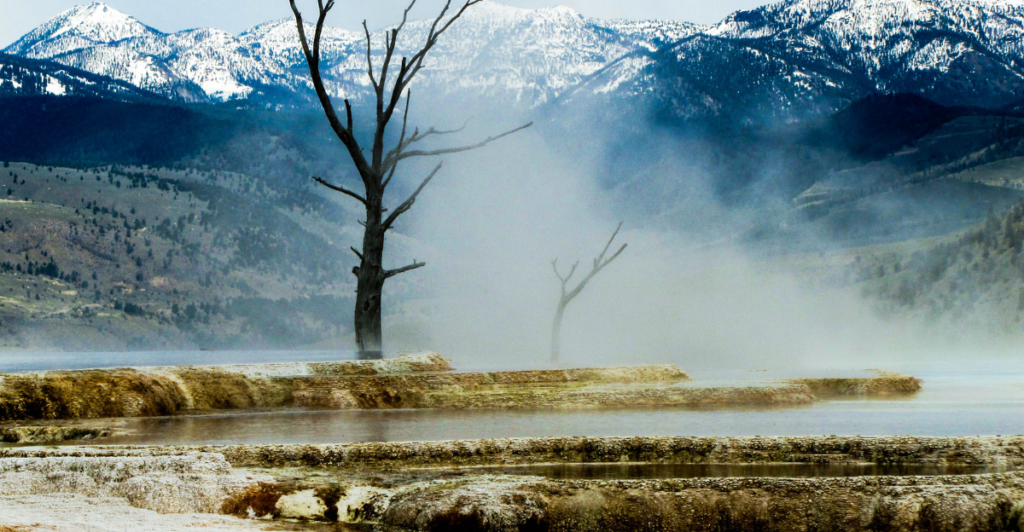
Yellowstone’s history is steeped in volcanic activity, with three significant eruptions occurring over the last 2.1 million years. These eruptions were so powerful they created the vast caldera that now defines the park’s landscape. The most recent eruption, approximately 640,000 years ago, was one of the largest in Earth’s history, spewing ash across much of North America. Since then, the supervolcano has mainly remained dormant, with only minor eruptions and geothermal activity.
Signs Of Restlessness
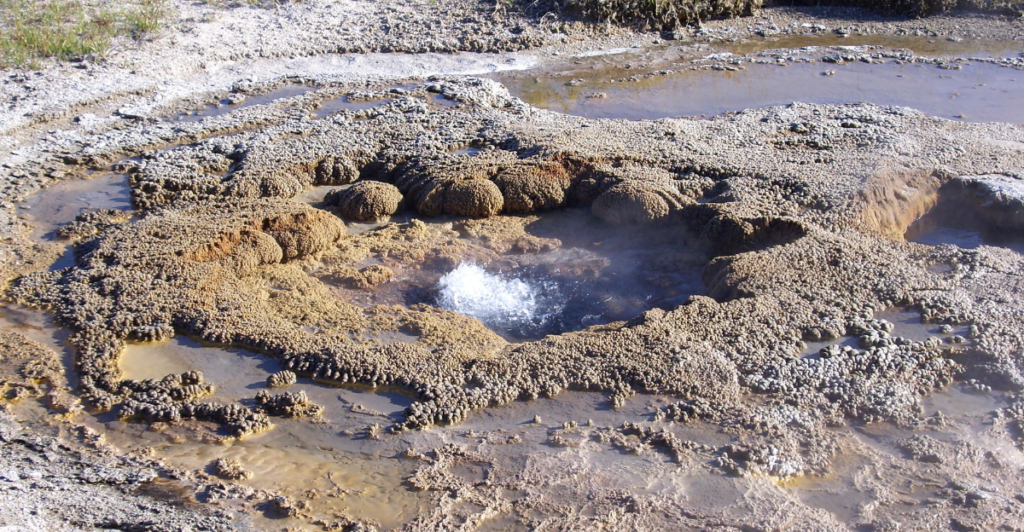
Scientists have noted a surge in seismic activity, with thousands of small earthquakes recorded each year, particularly around the caldera. This heightened tremor activity and the rising temperature of geothermal features like hot springs and geysers suggest that the underlying magma reservoir is slowly becoming more active. Ground deformation has been observed, where certain areas of the park are gradually rising, a telltale sign of volcanic pressure building beneath the surface.
Recent Earthquakes
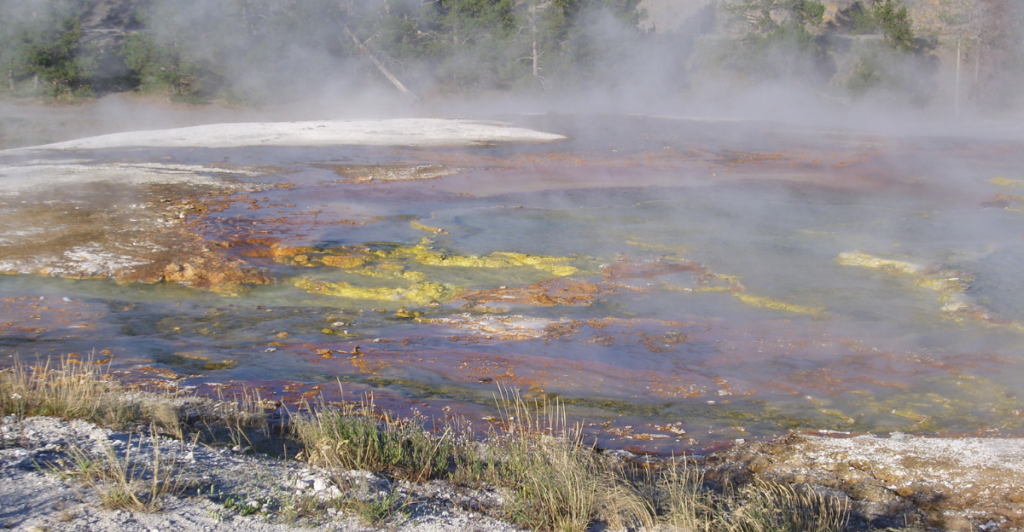
Over 2,300 earthquakes were recorded in 2023, indicating heightened volcanic activity. Although Yellowstone experiences thousands of small tremors each year, the frequency and intensity of these quakes have recently increased. These earthquakes, typically clustered around the caldera, indicate that the region’s tectonic plates shift, which can signify magma movement beneath the surface.
The Scale Of Yellowstone’s Volcano
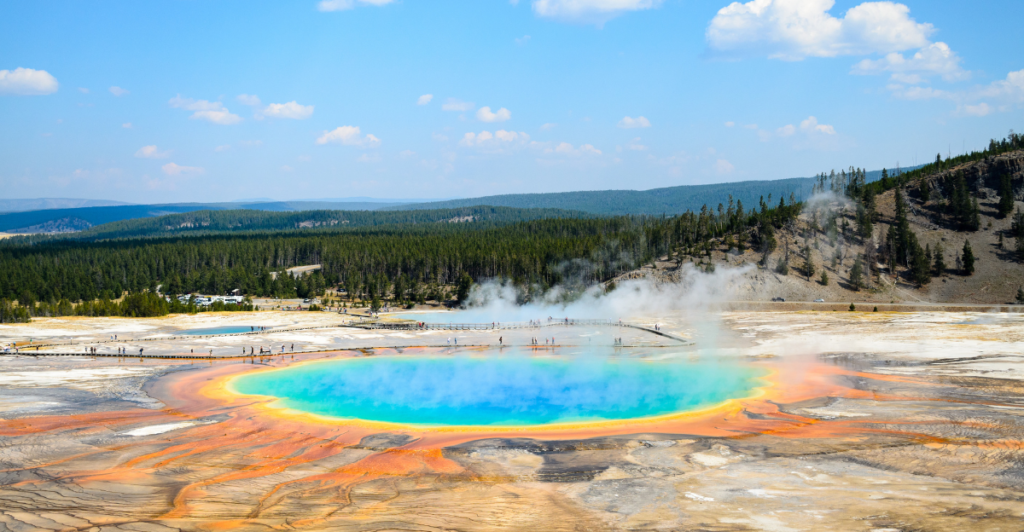
The Yellowstone Caldera, which measures about 30 miles (48 kilometers) across, results from catastrophic eruptions over the past 2.1 million years. This enormous volcanic system can produce more significant eruptions than typical volcanoes, potentially blanketing large portions of North America in ash and altering the global climate. Beneath the caldera lies a vast magma reservoir, holding enough molten rock to fill the Grand Canyon more than 14 times.
What Does This Mean for the Future?
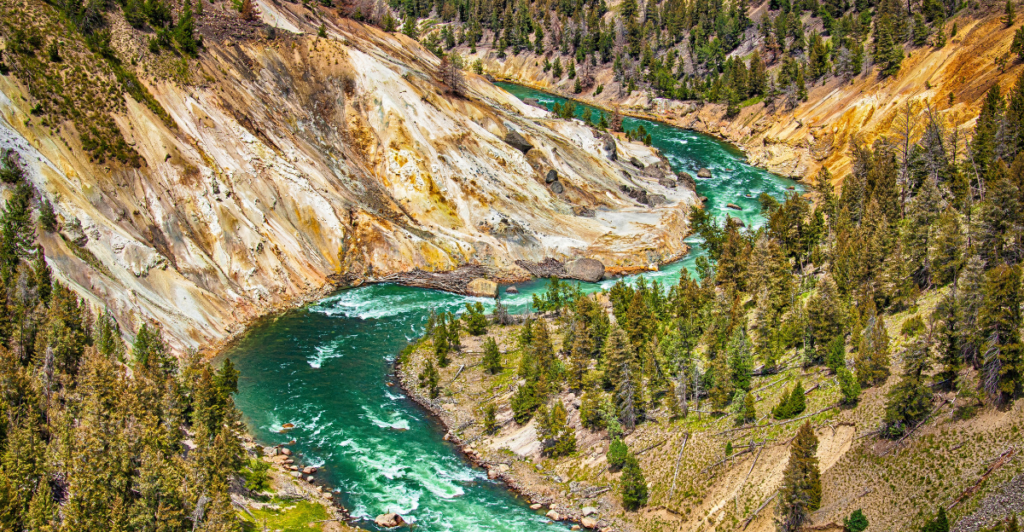
While scientists emphasize no immediate threat of a catastrophic eruption, the rising geothermal activity and seismic shifts suggest that the supervolcano is far from fully dormant. In the long term, these changes could signal a more active phase for the Yellowstone Caldera, leading to minor eruptions or increased geothermal features such as geysers, hot springs, and fumaroles. On a larger scale, the eruption of Yellowstone could have global consequences, including widespread ashfall, climate disruptions, and ecosystem changes.
Geothermal Energy Dilemma
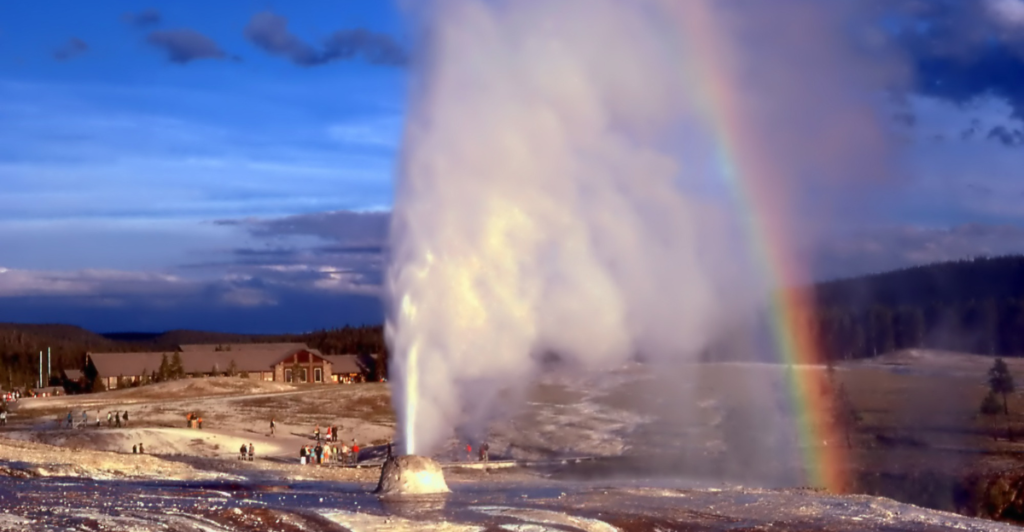
With one of the world’s most concentrated geothermal systems, the region holds vast potential for renewable energy. However, tapping into this resource could have unintended consequences. Geothermal plants require the extraction of heat and steam from underground reservoirs, which could disrupt the delicate balance of Yellowstone’s thermal features, potentially causing geysers to go dormant or altering underground pressure systems. Since Yellowstone is a protected national park, any attempts to harness its geothermal energy would face legal and environmental hurdles.
The Impact On Wildlife
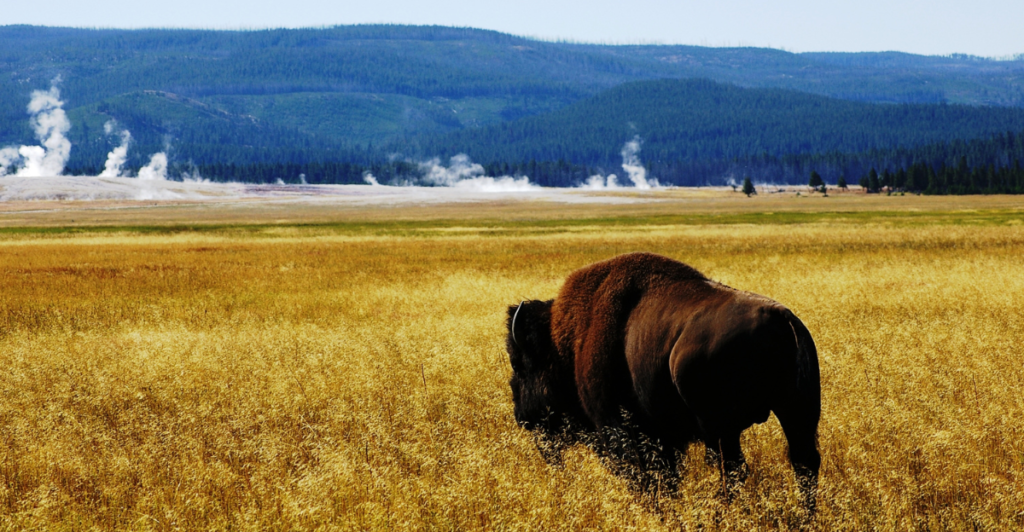
A major eruption at Yellowstone would devastate the park’s diverse wildlife, which has thrived in its unique ecosystem for thousands of years. Species such as bison, elk, grizzly bears, and wolves rely on the park’s rich forests, rivers, and grasslands for survival, but an eruption could rapidly destroy these habitats. The initial blast and lava flow would be lethal to any animals in the immediate vicinity. At the same time, falling ash could contaminate water sources, making it difficult for wildlife to breathe and find food. Long-term climate changes caused by volcanic ash in the atmosphere could further disrupt migration patterns, food availability, and breeding cycles.
Yellowstone’s Hydrothermal Features
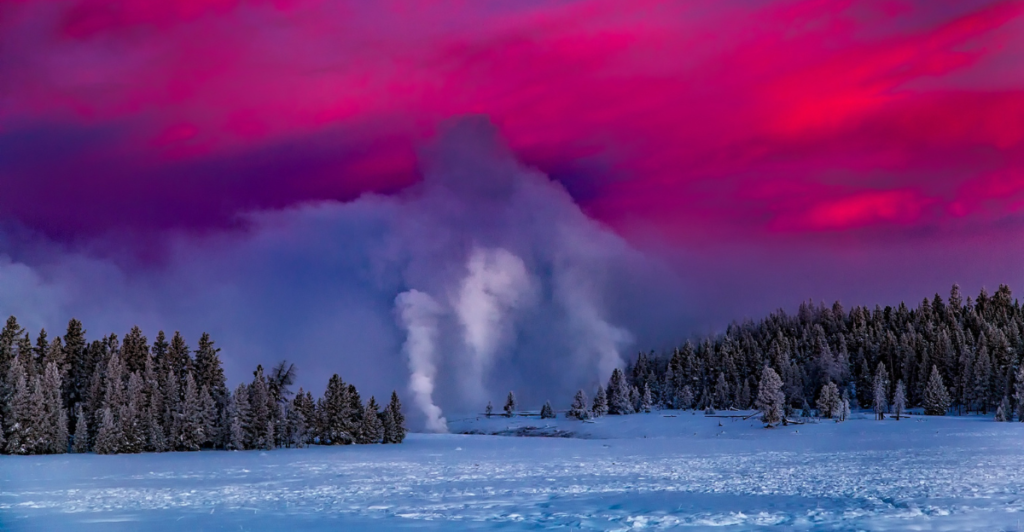
Home to over 10,000 thermal features, including geysers, hot springs, mud pots, and fumaroles, the park boasts the largest concentration of these phenomena anywhere in the world. The famous Old Faithful geyser erupts like clockwork, while the vibrant Grand Prismatic Spring showcases otherworldly colors created by heat-loving microbes. These features are fueled by the immense heat from the underlying magma chamber, which superheats groundwater and forces it to the surface in dramatic displays.
Future Risks Of An Eruption
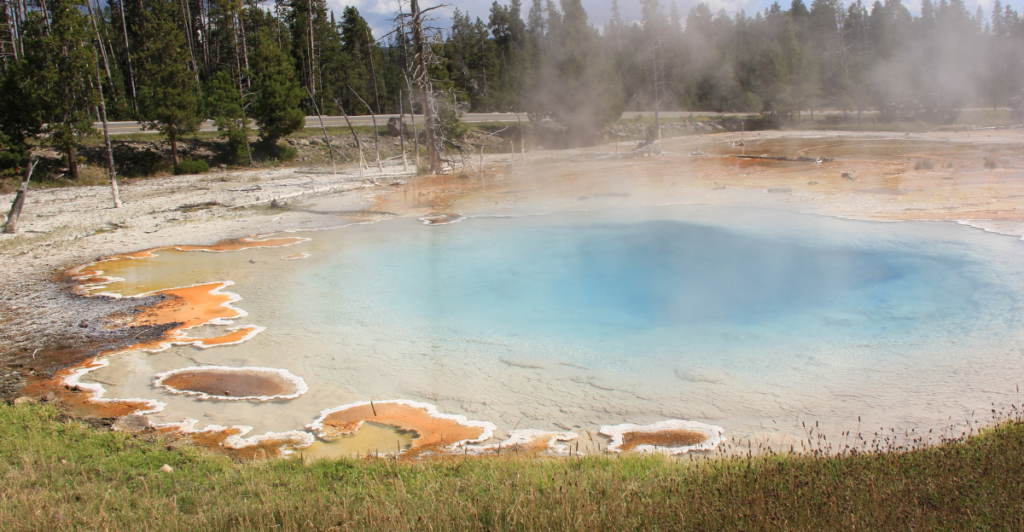
If Yellowstone were to erupt in the future, the consequences could be catastrophic on a global scale. A significant eruption would eject massive amounts of ash, gas, and molten rock into the atmosphere, potentially disrupting air travel, contaminating water supplies, and causing widespread crop failures. The ash fallout alone could blanket large portions of the United States, leading to infrastructure collapse and respiratory health issues. On an even larger scale, injecting sulfur dioxide into the stratosphere could trigger a volcanic winter, lowering global temperatures and altering weather patterns for years.
Monitoring The Danger

The Yellowstone Volcano Observatory (YVO), a collaboration between the U.S. Geological Survey, the National Park Service, and other research institutions, continuously measures ground deformation, seismic activity, and heat flow to detect any warning signs of increased volcanic unrest. Satellites, GPS sensors, and seismographs help experts identify patterns that could indicate magma movement or pressure buildup. While there is no evidence of an impending eruption, ongoing monitoring is essential to understanding the supervolcano’s behavior and ensuring that potential hazards are detected early.
Staying Vigilant
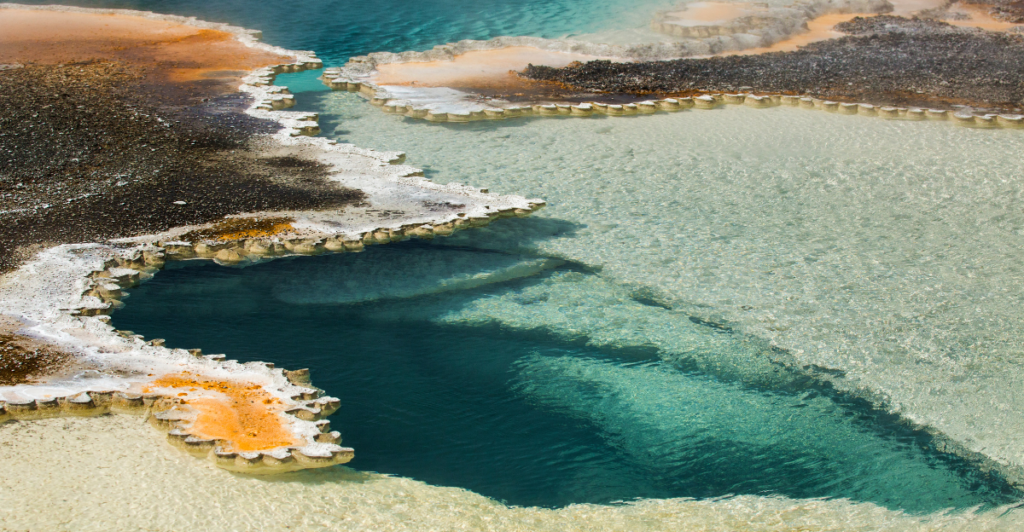
The best approach is to stay informed and prepared while continuing to explore and understand this dynamic natural system.
Discover more of our trending stories and follow us to keep them appearing in your feed

“There Will Be Eruptions”: Concerns Mount as Yellowstone Supervolcano Activity Shifts
California Is Breaking Apart: A Fault Line Is Forming Faster Than Anyone Predicted
The War on Cows Is Over—And Green Extremists Have Lost
Bobcats Are Making a Comeback—And They Might Be Protecting Us From Disease
References:
Reference 1
Reference 2
Reference 3
This article first appeared here
Stay connected with us for more stories like this! Follow us to get the latest updates or hit the Follow button at the top of this article, and let us know what you think by leaving your feedback below. We’d love to hear from you!







